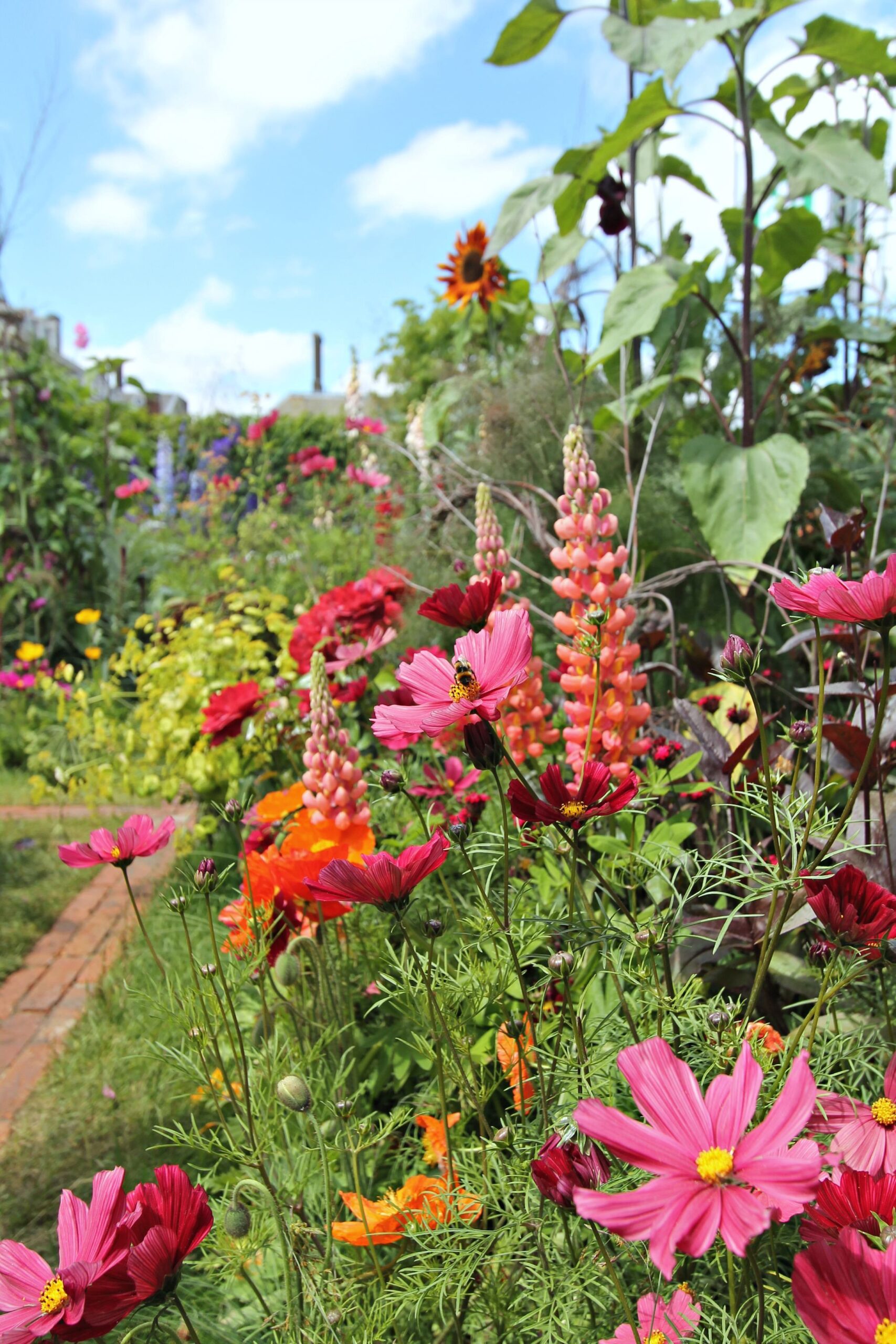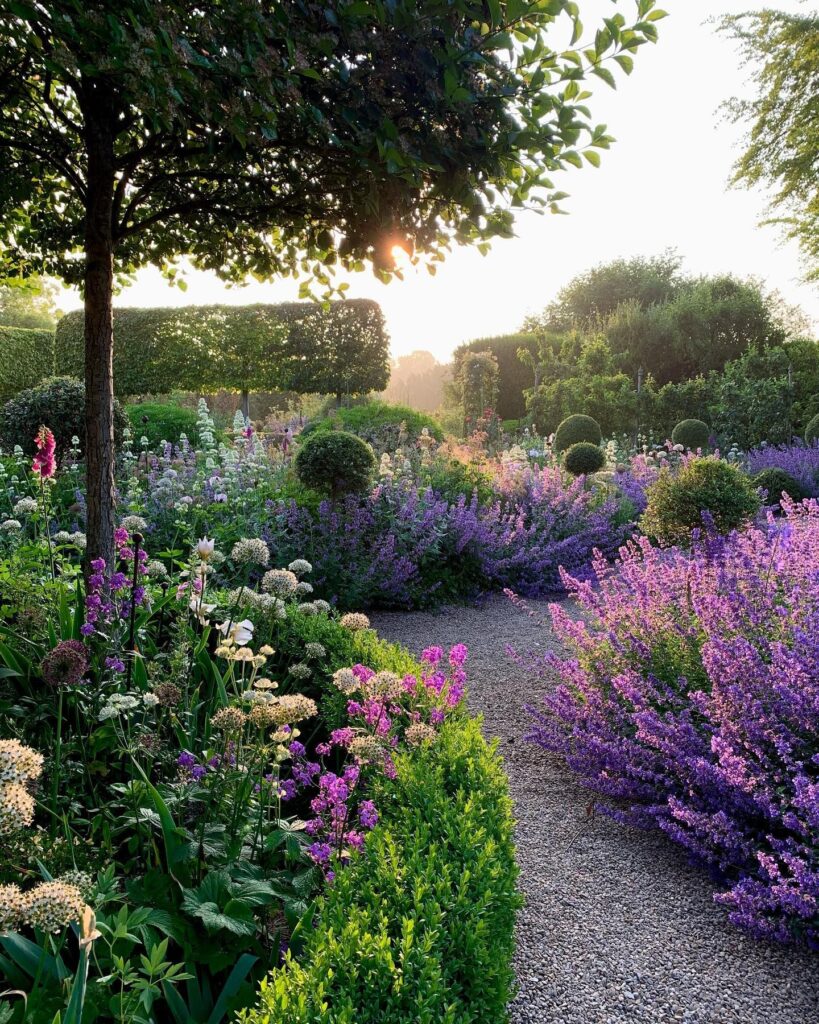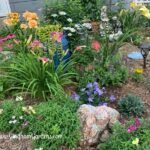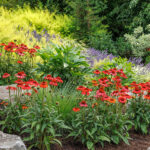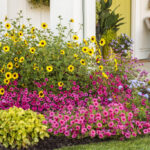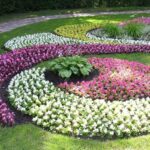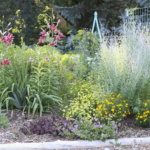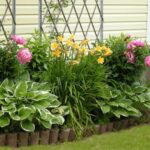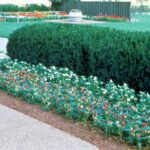Flowers are a beautiful and essential part of any garden. Whether you have a small backyard or a large plot of land, designing a flower garden can bring color, beauty, and fragrance to your outdoor space. When it comes to flower garden design, there are many factors to consider, including the types of flowers you want to include, the layout of your garden, and the overall aesthetic you’re hoping to achieve.
One key aspect of flower garden design is selecting the right plants for your garden. Consider the climate in your area, as well as the amount of sunlight and water your garden receives. Choose flowers that will thrive in these conditions and complement each other in terms of height, color, and texture. Think about whether you want a formal garden with neatly arranged rows of flowers, or a more naturalistic garden with a more relaxed, informal feel.
The layout of your flower garden is also important to consider. Think about the shape and size of your garden, as well as any existing structures or features you want to highlight or work around. Create a focal point in your garden, such as a striking plant or sculpture, and plan your flower beds around this central feature. Consider adding paths or walkways to allow for easy access to all areas of your garden, as well as to create a sense of movement and flow.
When it comes to planting your flowers, think about creating layers and textures in your garden. Plant taller flowers towards the back of your beds, with shorter flowers towards the front, to create depth and visual interest. Mix different types of flowers to create a diverse and vibrant garden that blooms throughout the year. Consider incorporating bulbs, annuals, and perennials to ensure a constant display of color and beauty in your garden.
Another important aspect of flower garden design is maintenance. Make sure to water and fertilize your flowers regularly, and remove any weeds that may pop up in your garden. Deadhead spent blooms to encourage new growth and prolong the blooming period of your flowers. Consider mulching your flower beds to help retain moisture and control weeds, as well as to provide a neat and tidy appearance to your garden.
Finally, don’t be afraid to experiment and have fun with your flower garden design. Mix and match different colors, shapes, and sizes of flowers to create a garden that reflects your personality and style. Consider adding other elements, such as rocks, pathways, or sculptures, to enhance the overall aesthetic of your garden. With some careful planning and a little creativity, you can create a stunning and unique flower garden that will be a joy to behold for years to come.
